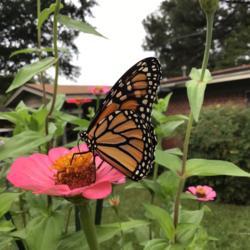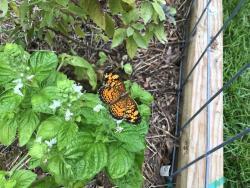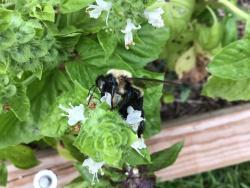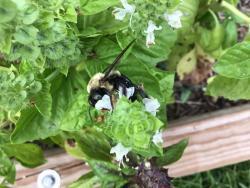So I telegraphed my intent to certify habitat in a different thread. It never really mattered to me and since each one has a fee, I didn't see a reason to divert money from improvements into signage. Wasn't really crazy about signage either. That said, I had a change of heart. I had three occasions while out where I saw people react to signs, all with questions to property owners and seemingly interested in doing something for wildlife on their own properties. This all happened in the space of a month. It occurred to me that these were conversations that might not have happened without signage.
So I started looking into certifications. There seems to be five main certifications available to all, and several smaller or regional certifications. I'll outline below though the list probably isn't complete. Maybe that's where this thread comes in.
We've completed three and have one currently pending. We've been doing it little by little as there are costs involved
The big five seem to be:
Monarch Watch (MW)
https://www.monarchwatch.org/w...
National Wildlife Federation (NWF)
https://www.nwf.org/CertifiedW...
North American Butterfly Association (NABA)
http://nababutterfly.com/butte...
Wild Ones (WO)
https://wildones.org/wild-ones...
Xerxes Society (XS)
https://xerces.org/pollinatorp...

Those shown in the pic above are the three we completed (NWF, MW, and XS). We had done far more than required prior to going through these certifications. We are awaiting word back from WildOnes.
The signs are aluminum for MW and NWF. The XS sign is a bit heavier because it is a plastic core sandwiched between outer aluminum surfaces.
We did not pursue NABA as the signs are plastic and we have hot and sunny summers that are harsh on plastic so we don't think the longevity of plastic signage is of benefit.
In the thread:
The thread "TX: Well THAT was unfortunate... backyard habitat" in
Gardening for Wildlife forum
in the Gardening for Wildlife forum we noted the Texas program was essentially shut down.
The Audubon Society doesn't certify at the national level but several state and local chapters do have programs.
Saving Birds Through Habitat has a certification:
http://www.savingbirds.org/hab...
Additionally, while not certifications, several online sellers have garden signs for things like pesticides, pollinators, etc. They can still be conversation starters.
https://www.seattleseed.com/po...
More to follow...




